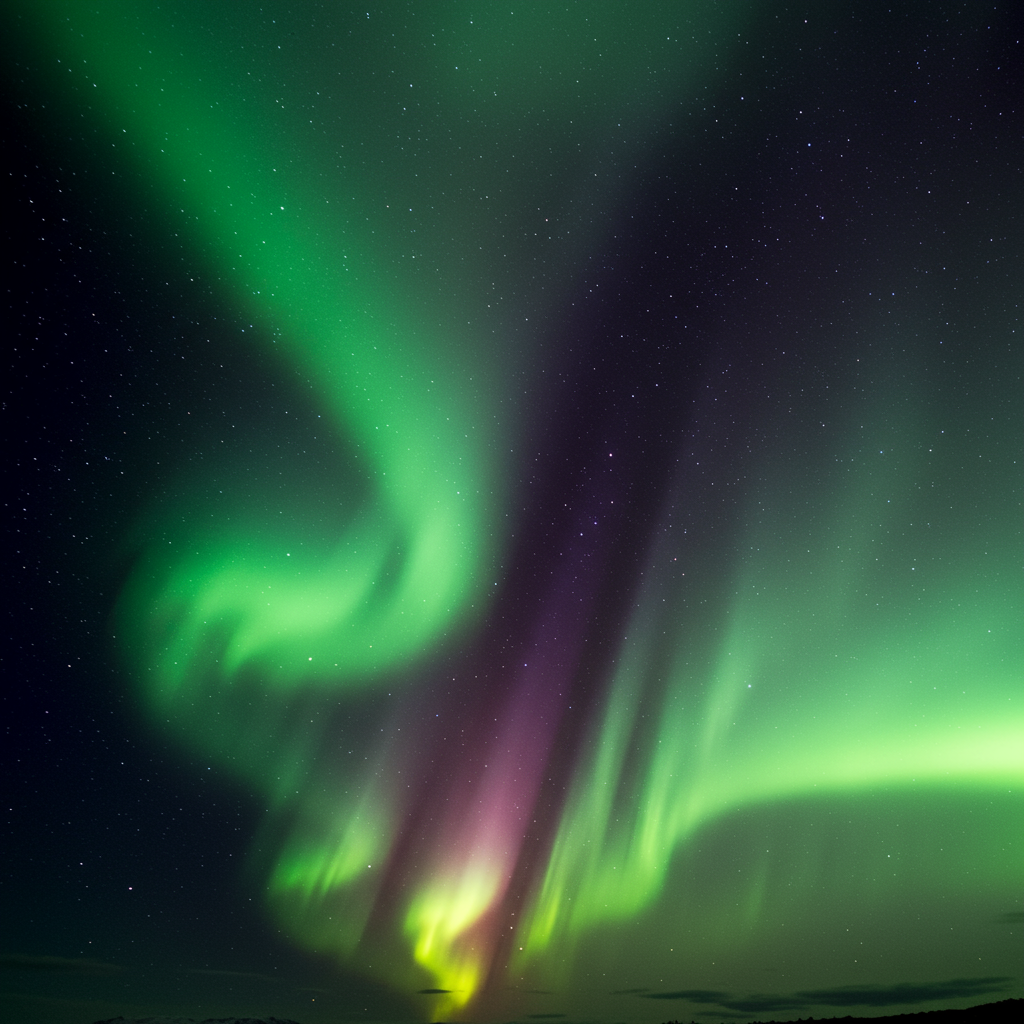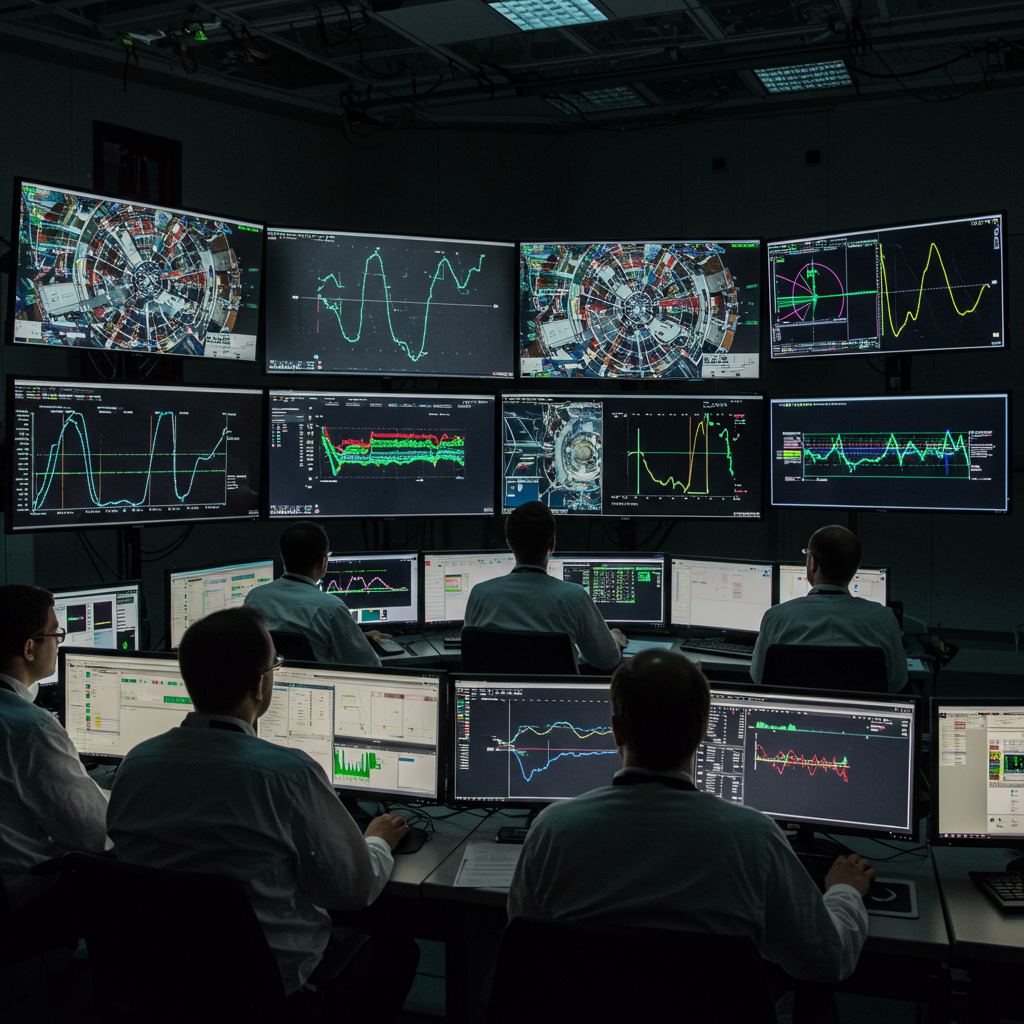Imagine vibrant hues of green, pink, and purple dancing across the night sky, a spectacle many dream of witnessing. The Aurora Borealis, commonly known as the Northern Lights, is one of Earth’s most breathtaking natural phenomena. This guide unpacks everything you need to know about this celestial display, from what causes it to where and when you might catch a glimpse across the United States, including states like Vermont, Michigan, and others in the northern tier. With increased solar activity creating frequent opportunities, now is an excellent time to prepare for your aurora chase.
Unlocking the Magic of the Aurora Borealis
The Northern Lights are a mesmerizing light show, but what exactly causes them? At their core, auroras are a cosmic ballet between the sun and Earth. Our sun constantly emits a stream of charged particles known as solar wind. When these particles encounter Earth’s magnetic field, they are drawn towards the magnetic poles. As they interact with gases in our upper atmosphere—primarily oxygen and nitrogen—these gases become excited and release energy in the form of light. This luminous interaction paints the sky with the iconic, shimmering curtains we admire.
The specific colors you see depend on the type of gas being energized and the altitude at which the interaction occurs. Oxygen, for instance, typically produces the most common greenish-yellow glow, but it can also create rare reddish hues at higher altitudes. Nitrogen, on the other hand, often contributes brilliant blue and purple lights to the display. While these interactions also produce ultraviolet light, specialized cameras on satellites are usually needed to detect them.
Solar Activity: The Engine Behind the Lights
The frequency and intensity of Northern Lights displays are directly tied to the sun’s activity. Our sun goes through an 11-year cycle, alternating between periods of “solar minimum” (low activity) and “solar maximum” (high activity). We reached a solar maximum in October 2024, leading to a surge in solar events like solar flares and coronal mass ejections (CMEs). These powerful eruptions send large bubbles of plasma and magnetic field hurtling towards Earth, significantly increasing the chances of visible auroras. This period of heightened solar activity explains why the Northern Lights have been appearing farther south and with greater frequency than usual across the United States.
Forecasting the Aurora: Understanding Geomagnetic Storms
For aspiring aurora chasers, understanding space weather forecasts is crucial. The National Oceanic and Atmospheric Administration’s (NOAA) Space Weather Prediction Center (SWPC) plays a vital role in predicting geomagnetic storms, which are disturbances in Earth’s magnetic field caused by solar activity. These storms are classified on a G-scale from G1 (minor) to G5 (extreme). Even a G1 or G2 storm can make the aurora visible across a significant portion of the northern U.S.
Another key metric is the Kp index, a scale from zero to nine that indicates the severity of global magnetic disturbances. A Kp index of 5 or higher (which corresponds to a G1 geomagnetic storm) suggests that the aurora borealis could be visible much farther south from the North Pole than is typical. For example, forecasts of a Kp index of 5 have historically allowed for excellent viewing opportunities in northern U.S. states. These predictions provide valuable insights for planning your aurora hunt.
Prime Viewing Opportunities Across US States
While Alaska consistently offers the best chances for aurora sightings, a strong geomagnetic storm can push the aurora oval—the typical zone of aurora formation—southward, extending visibility to many continental U.S. states. Historical forecasts have indicated potential visibility in a wide range of northern states.
States with the best chances or frequent opportunities include:
Washington
Idaho
Montana
North Dakota
South Dakota
Minnesota
Wisconsin
Michigan (especially the Upper Peninsula)
Maine
New Hampshire
Vermont
New York
Additionally, depending on the storm’s intensity and trajectory, states like Wyoming, Iowa, Oregon, Massachusetts, Connecticut, and Rhode Island have also found themselves within the “view line,” offering residents a chance to glimpse the display. Even areas as far south as Grand Rapids, Lansing, and Port Huron in Michigan have reported potential sightings during particularly strong events.
Maximizing Your Chances: Essential Viewing Tips
Witnessing the Northern Lights requires patience and preparation. Here are actionable tips to significantly increase your chances of seeing this spectacular event:
Find Dark Skies and Optimal Locations
Light pollution is the aurora’s worst enemy. Urban lights can completely wash out the subtle glow of the aurora. To maximize visibility, you must escape city lights. Head to:
Open Fields or Hilltops: These elevated, unobstructed areas provide a wide view of the northern horizon.
Conservation Areas or Parks: Many local and state parks maintain dark sky conditions, perfect for stargazing.
Coastlines Away from Cities: For those in New England or other coastal regions, heading to a remote beach or coastal area can offer an expansive, dark view over the water.
North-Facing Spot: Always position yourself to face north, as this is where the aurora will typically appear.
Time Your Viewing Perfectly
The Northern Lights are most often visible during the darkest hours of the night. While general advice suggests 10 p.m. to 2 a.m. local time, specific forecasts for a geomagnetic storm might extend this window. Some predictions have indicated optimal viewing between 11 p.m. and 5 a.m., especially during periods closer to the summer solstice when nights are shorter. Be prepared to stay out late or wake up early!
Check the Weather and Forecasts
Clear skies are non-negotiable. Even a faint cloud cover can obscure the aurora. Always check your local weather forecast for cloud conditions. Furthermore, continuously monitor space weather forecasts. Several online resources and apps provide real-time updates and predictions:
Aurora Alerts
NOAA’s Space Weather Prediction Center (SWPC)
Space.com’s Aurora forecast page
Aurora Reach
“My Aurora Forecast & Alerts” (mobile app)
“Space Weather Live” (mobile app)
These tools can give you an up-to-the-minute Kp index and geomagnetic storm watches, helping you decide if it’s a good night to head out.
Photography Tips
Even if the aurora appears faint to the naked eye, your smartphone camera might capture it. National Geographic suggests using a wide-angle lens with a high ISO value and setting the focus to infinity for traditional cameras. For smartphones, activate “night mode.” You might be surprised at what your device can reveal! The aurora can sometimes be seen from as far as 600 miles away under truly optimal conditions.
Frequently Asked Questions
How do the Northern Lights actually work?
The Northern Lights, or aurora borealis, are a natural light display caused by solar wind interacting with Earth’s atmosphere. Charged particles from the sun, often released during solar flares or coronal mass ejections (CMEs), travel through space and collide with oxygen and nitrogen gases in our planet’s upper atmosphere near the magnetic poles. This collision excites the gas atoms, causing them to emit light in vibrant colors like green, red, and blue, creating the shimmering aurora.
Which U.S. states offer the best chance to see the Northern Lights?
While Alaska consistently provides the highest probability, many northern continental U.S. states frequently experience aurora visibility during strong geomagnetic storms. States with the best historical chances include Washington, Idaho, Montana, North Dakota, Minnesota, Wisconsin, Michigan, Maine, New Hampshire, Vermont, and New York. Stronger storms can extend visibility further south to states like Wyoming, Iowa, and even parts of New England like Massachusetts or Connecticut.
What is the best time and condition to view the Northern Lights?
To maximize your chances, seek out very dark skies, completely free from urban light pollution. Look north, ideally from an open field, hilltop, or remote coastline. The optimal viewing window is typically between 10 p.m. and 2 a.m. local time, though this can vary based on specific storm forecasts (sometimes extending to 5 a.m.). You also need clear, cloudless skies. Always check current geomagnetic storm forecasts (Kp index) and local weather conditions before heading out.
Your Next Aurora Adventure Awaits
The Northern Lights are a truly unforgettable experience, a dazzling reminder of our dynamic solar system. With the sun currently in a period of heightened activity, opportunities to witness the aurora borealis across the northern United States are more frequent than usual. By understanding the science, monitoring forecasts, and following practical viewing tips, you significantly increase your chances of catching this elusive and magnificent celestial dance. Stay informed, stay patient, and prepare to be amazed by the sky’s greatest show.




